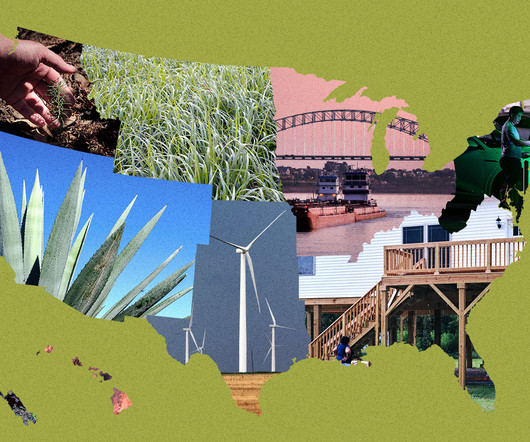FAAB reimagines Warsaws largest public square as a solar-powered cycle park
AGreenLiving
NOVEMBER 22, 2019
The planned investment promotes the creation of urban ecosystems, where buildings integrated with their surroundings and the city contribute to raising the living standards of all inhabitants and actively support the struggle with challenges arising from climate change. FAAB Architektura Images via FAAB Architektura.















Let's personalize your content